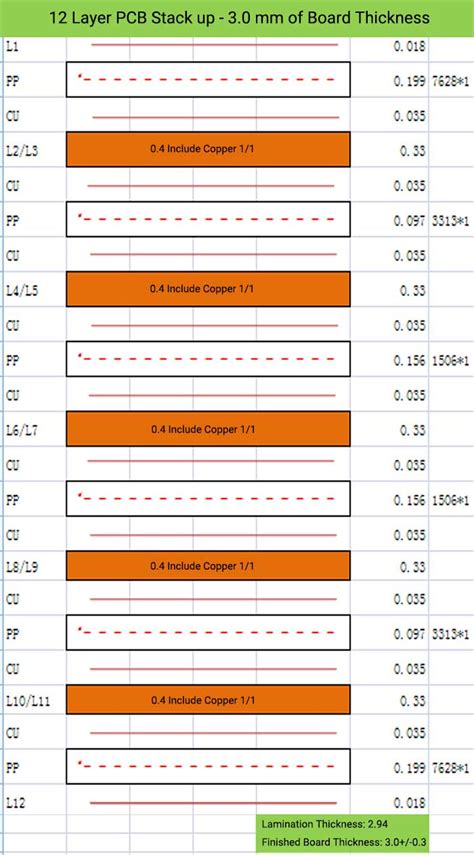
How A 3 Layer PCB Is Stacked Up
Introduction to PCB Stackup A printed circuit board (PCB) is a crucial component in modern electronic devices, providing a platform for mounting and interconnecting electronic[…]
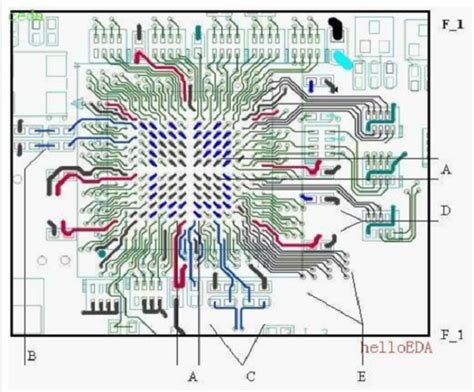
Full Coverage BGA PCB Assembly Services
What is BGA PCB Assembly? BGA (Ball Grid Array) PCB (Printed Circuit Board) assembly is a process of attaching electronic components, particularly BGA packages, onto[…]
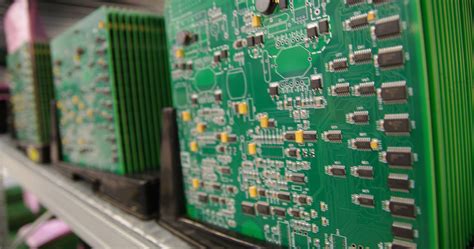
Automotive PCB: Your Ultimate Guide
Introduction to Automotive PCBs Automotive Printed Circuit Boards (PCBs) are essential components in modern vehicles, playing a crucial role in enabling various electronic systems and[…]
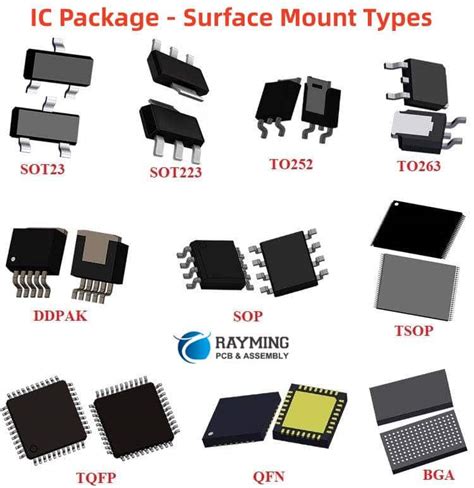
Key Points of SMT Assembly Process for BGA Components
Introduction to SMT and BGA Components Surface-mount technology (SMT) is a method for producing electronic circuits in which the components are mounted directly onto the[…]
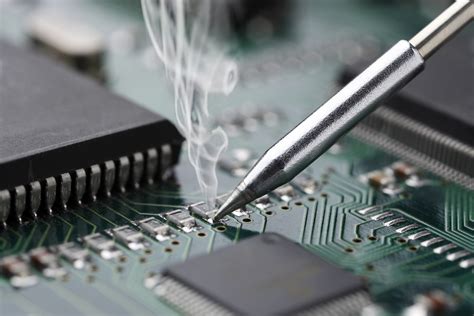
How to Choose Quick Turn PCB Assembly Service?
What is Quick Turn PCB Assembly? Quick turn PCB assembly refers to the process of manufacturing PCBs in a short amount of time, typically within[…]
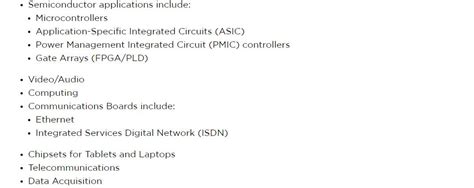
TQFP vs LQFP: What is the Difference Between Packages
What is a TQFP Package? A Thin Quad Flat Pack (TQFP) is a surface-mount IC package with leads on all four sides. It has a[…]
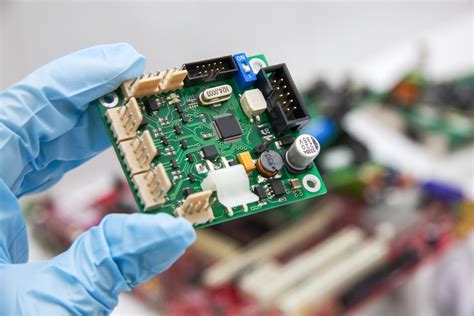
How to Choose the Best PCB Assembly Company
Introduction to PCB Assembly Printed Circuit Board (PCB) assembly is a crucial process in the electronics manufacturing industry. It involves the mounting of electronic components[…]
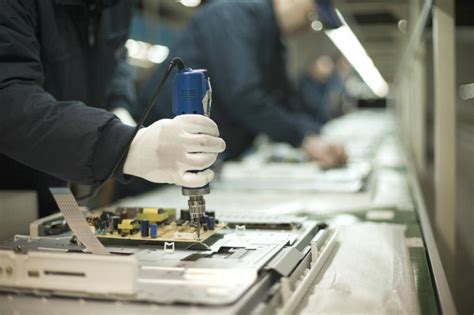
How to Choose the Best Electronic Assembly Service?
Understanding Electronic Assembly Before diving into the specifics of choosing an electronic assembly service, it’s important to understand what electronic assembly entails. Electronic assembly is[…]

A Guide to PCBA: Definition, Types, Applications, and Process
What is PCBA? PCBA stands for Printed Circuit Board Assembly, which is the process of assembling electronic components onto a printed circuit board (PCB) to[…]
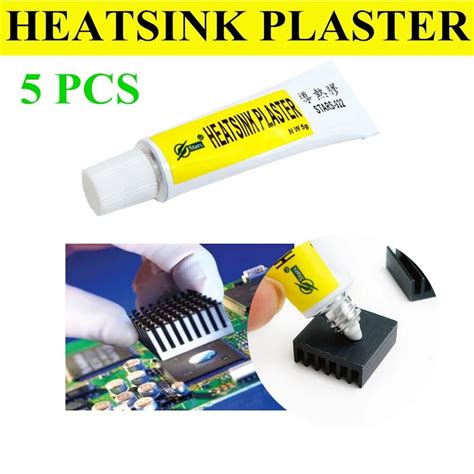
Thermal Adhesive: Bonding Electronic Components
What is Thermal Adhesive? Thermal adhesive, also known as thermal bonding adhesive or thermal interface material (TIM), is a specialized type of adhesive designed to[…]